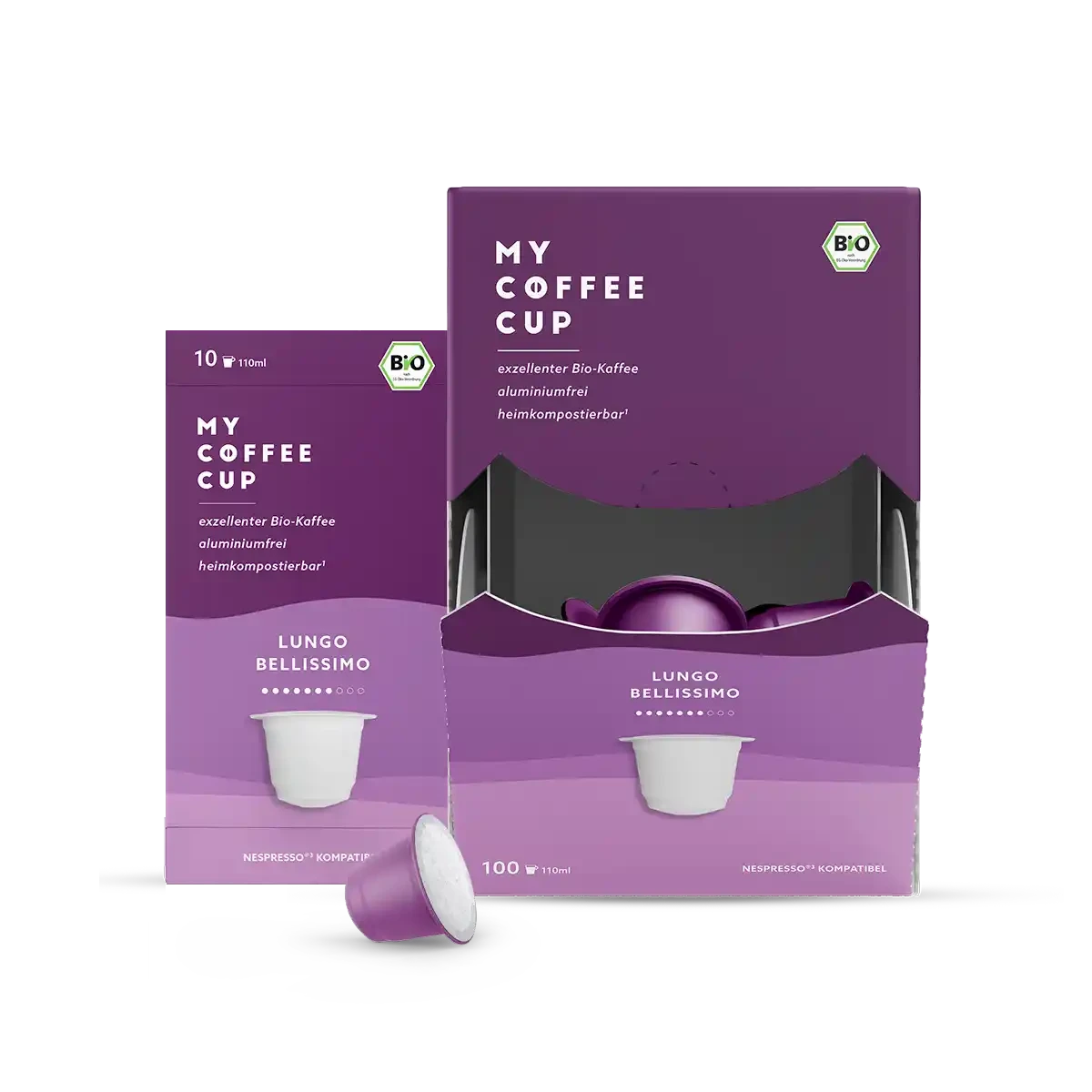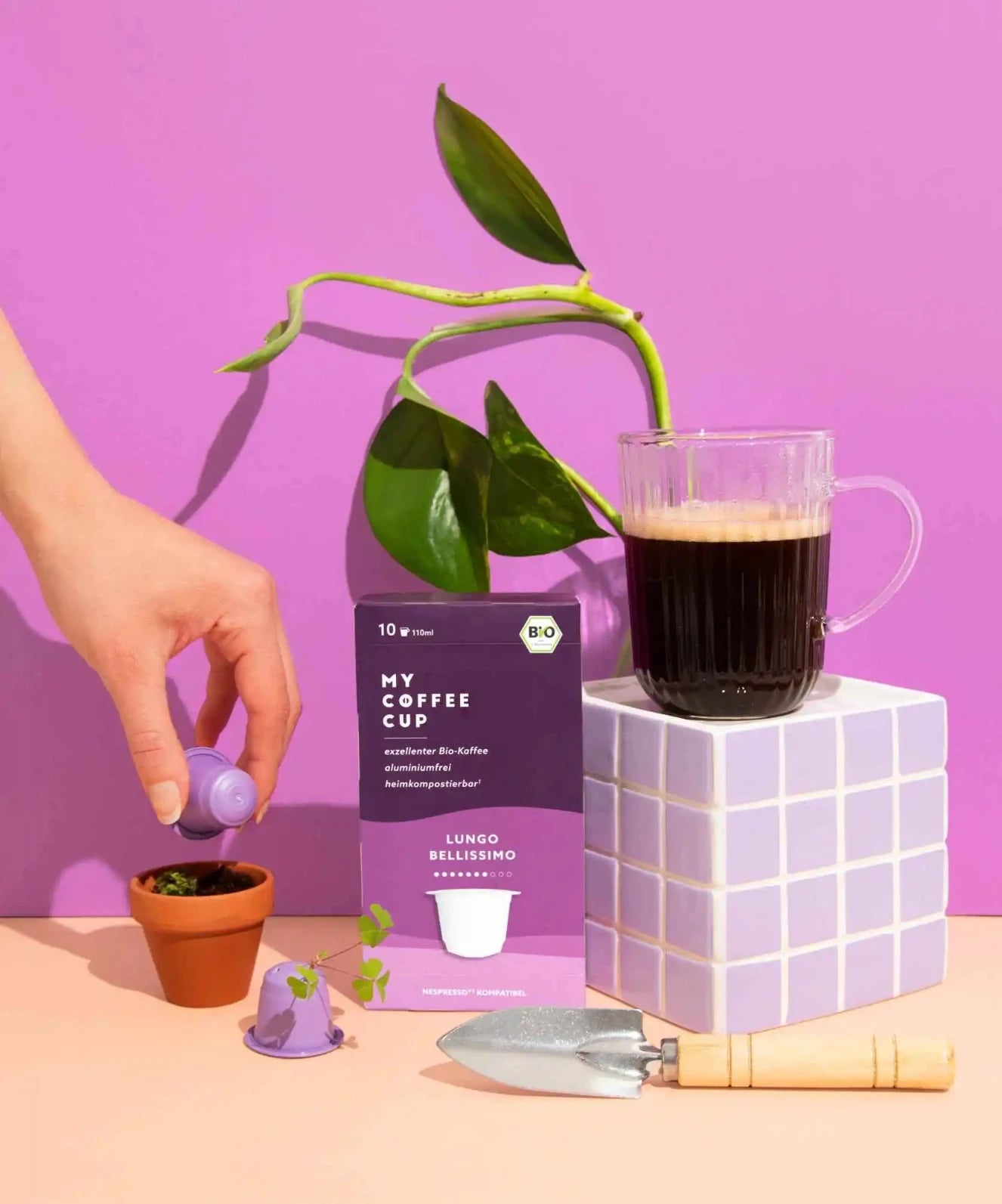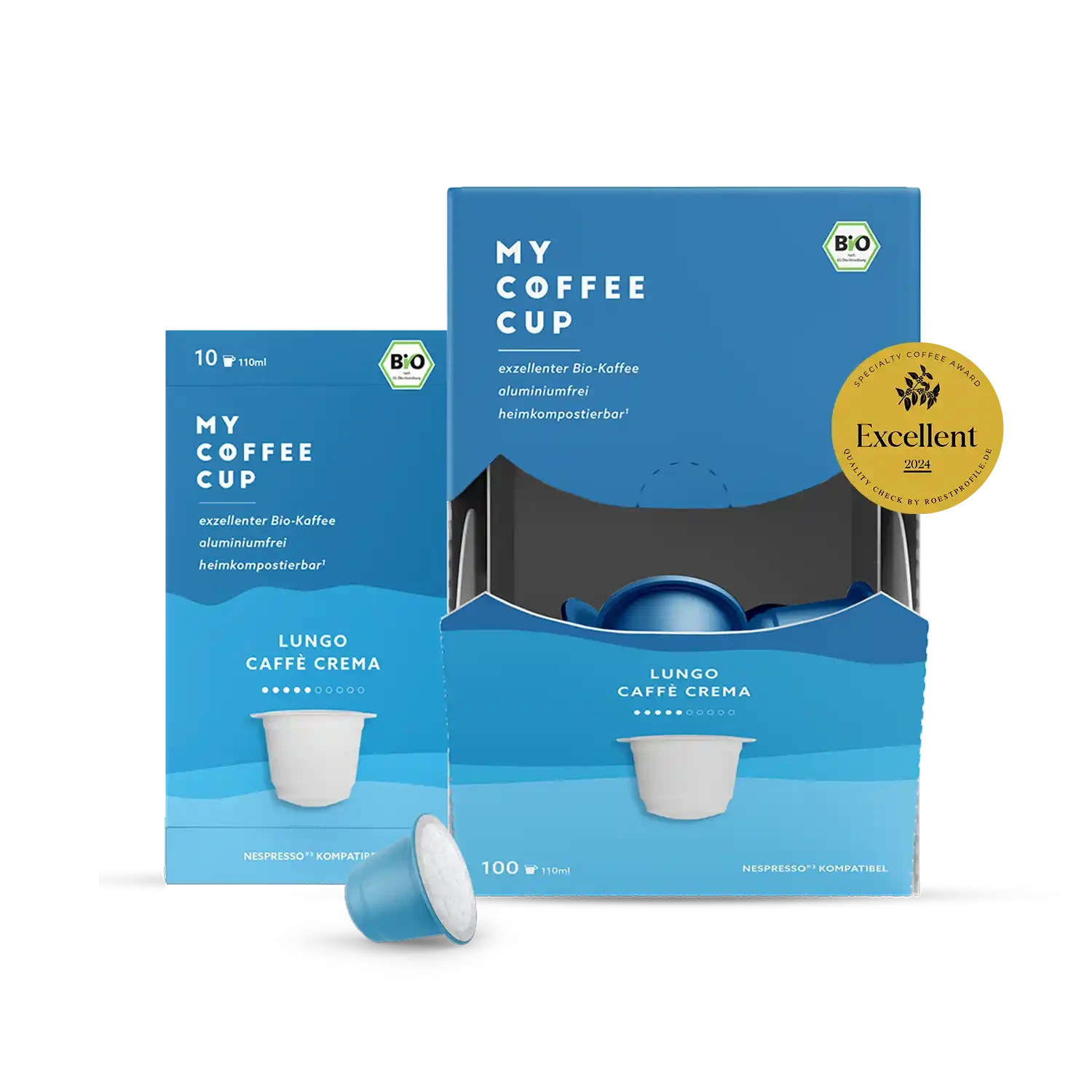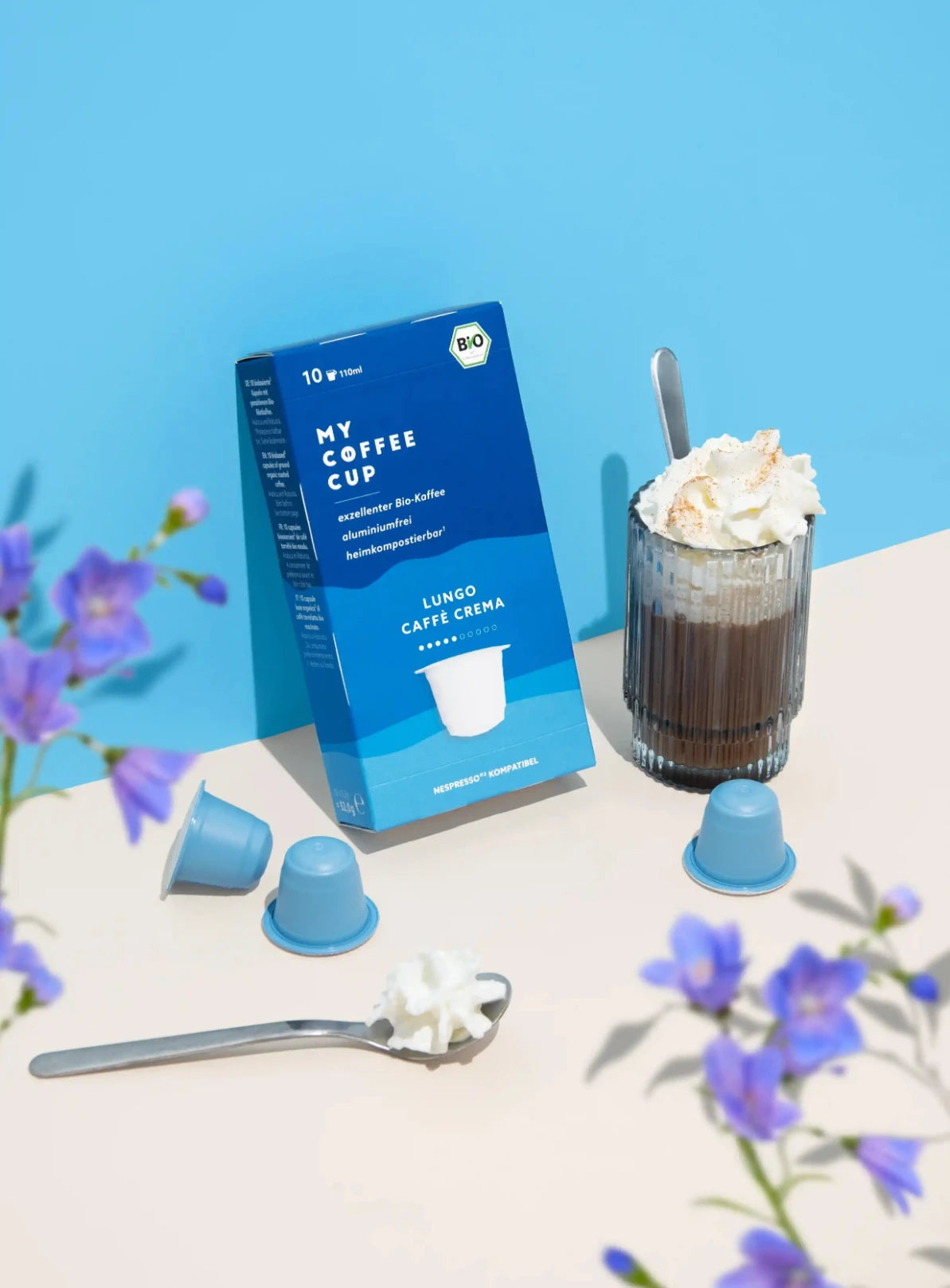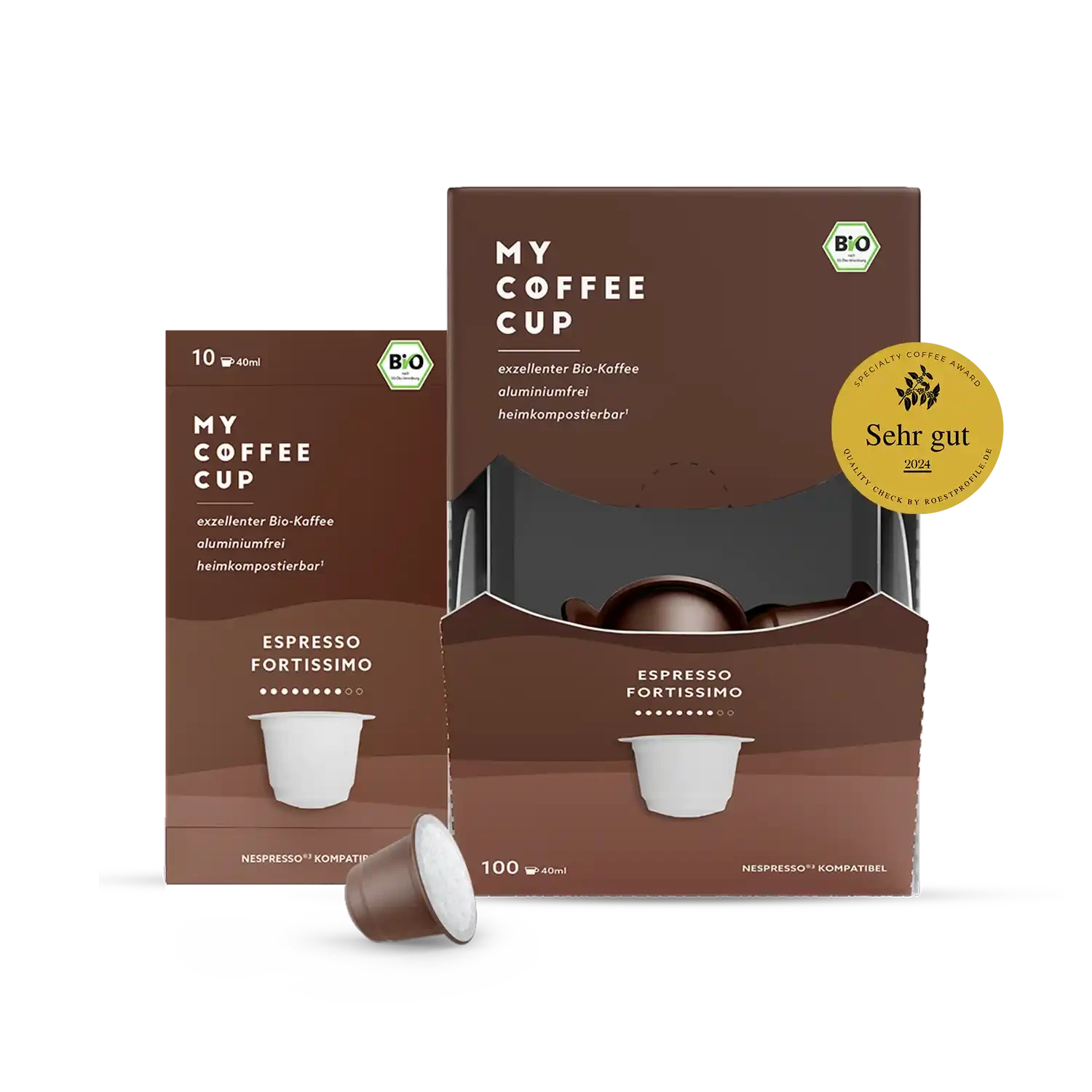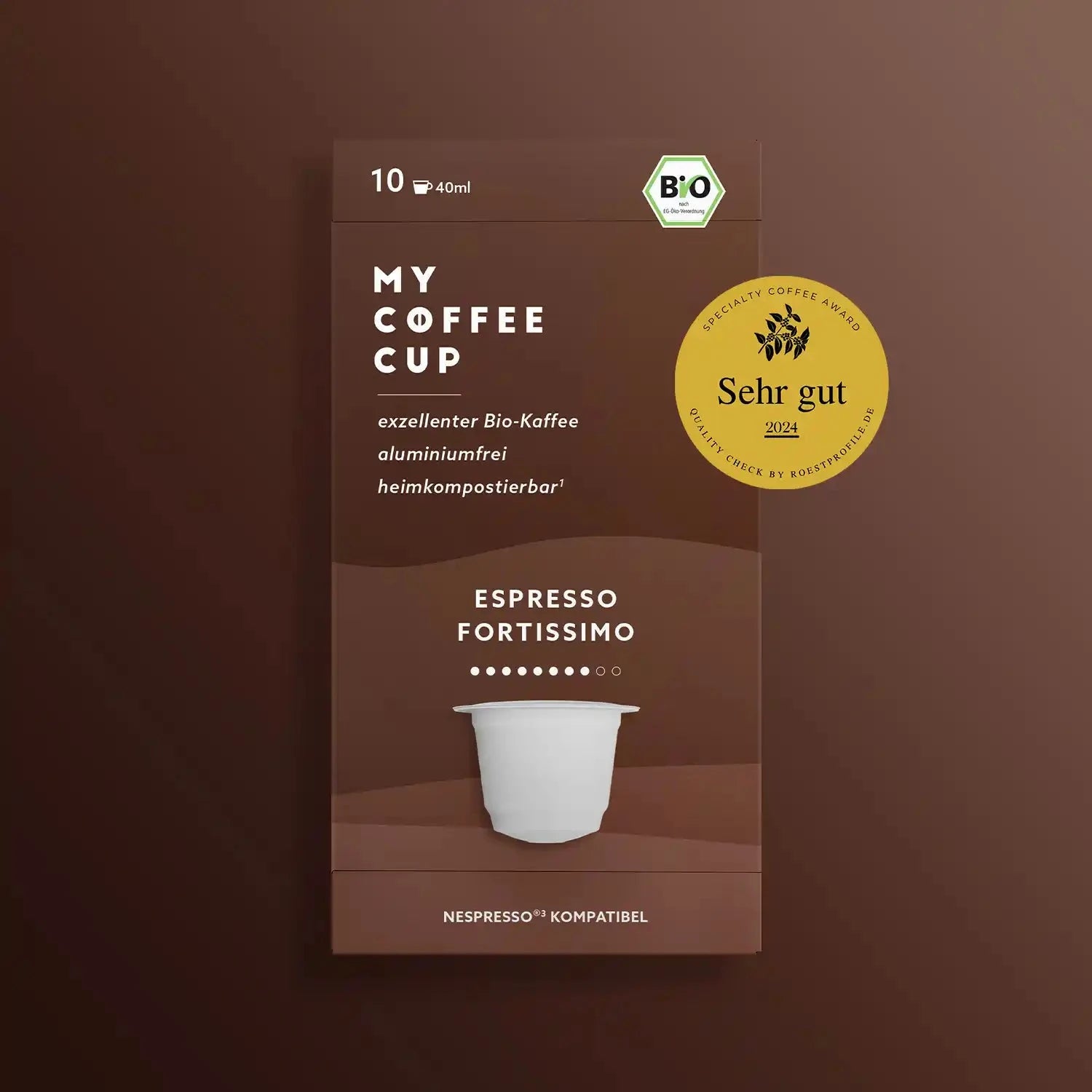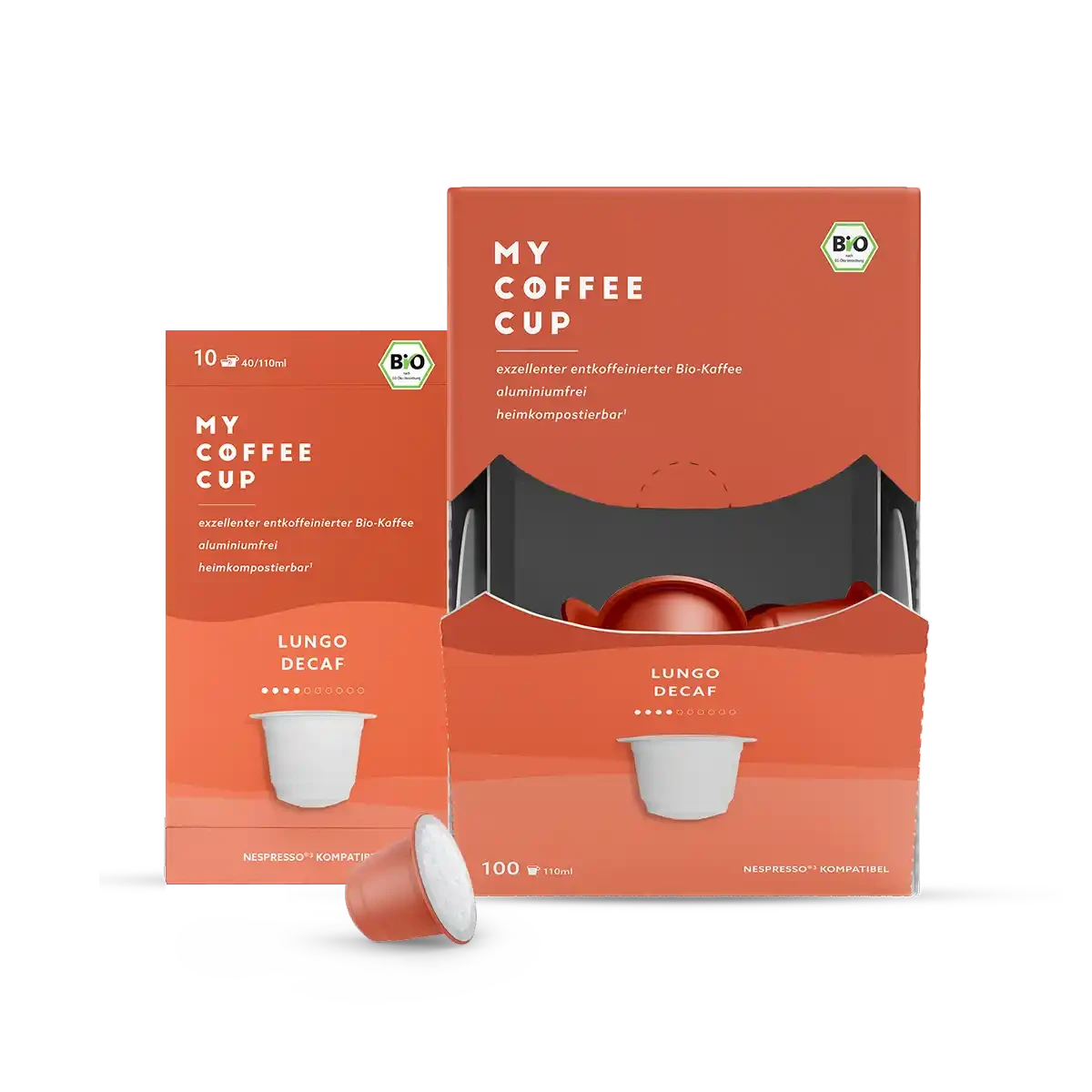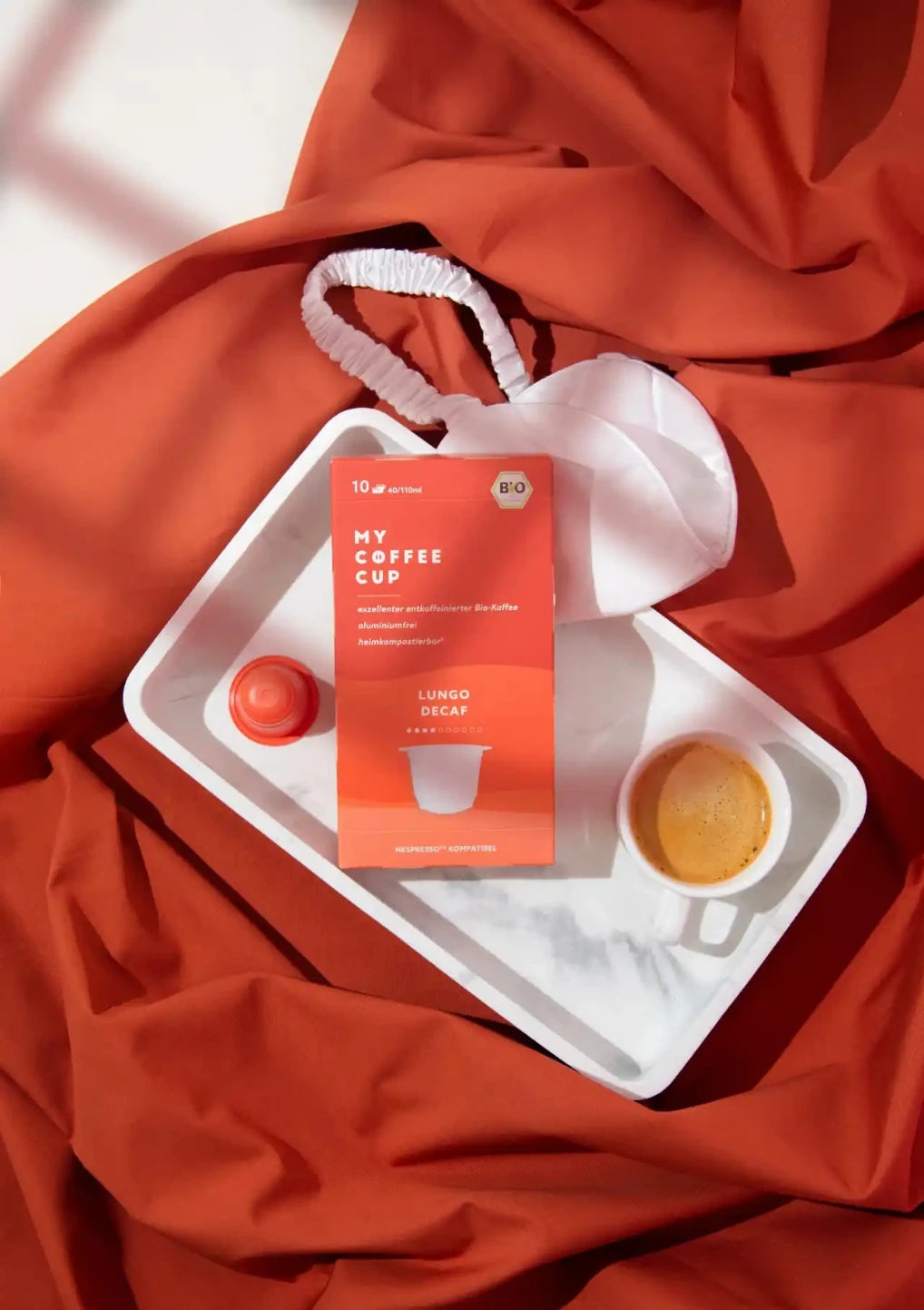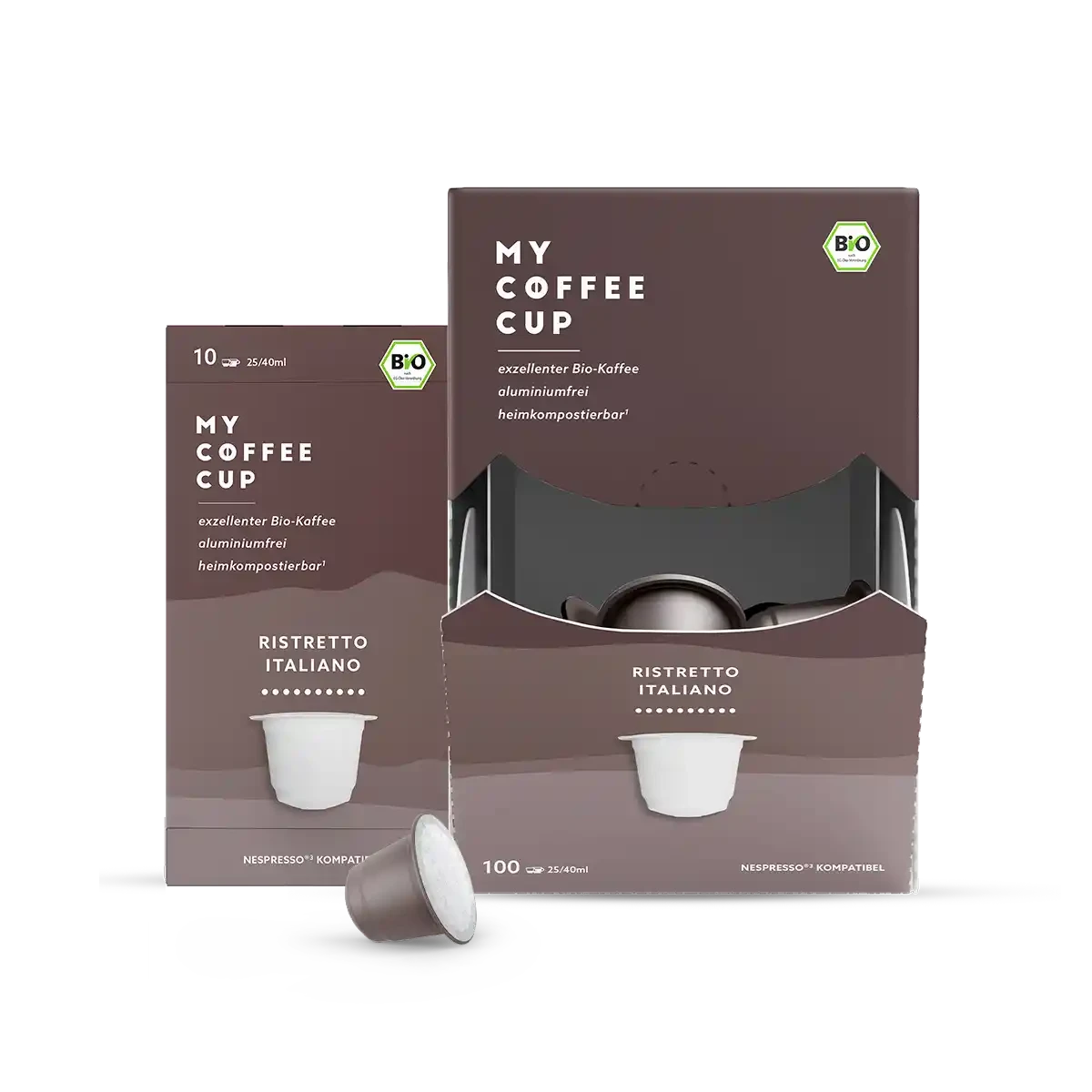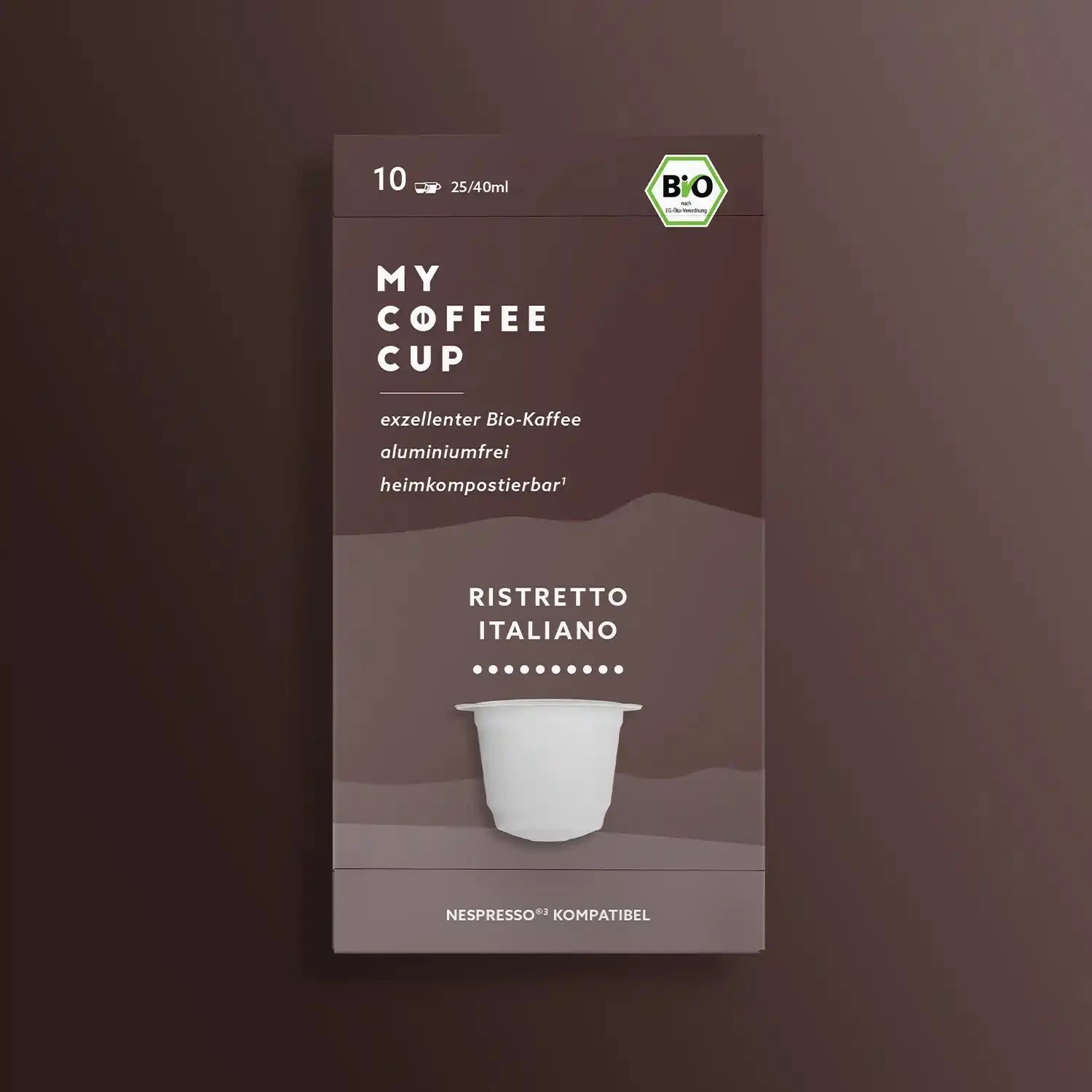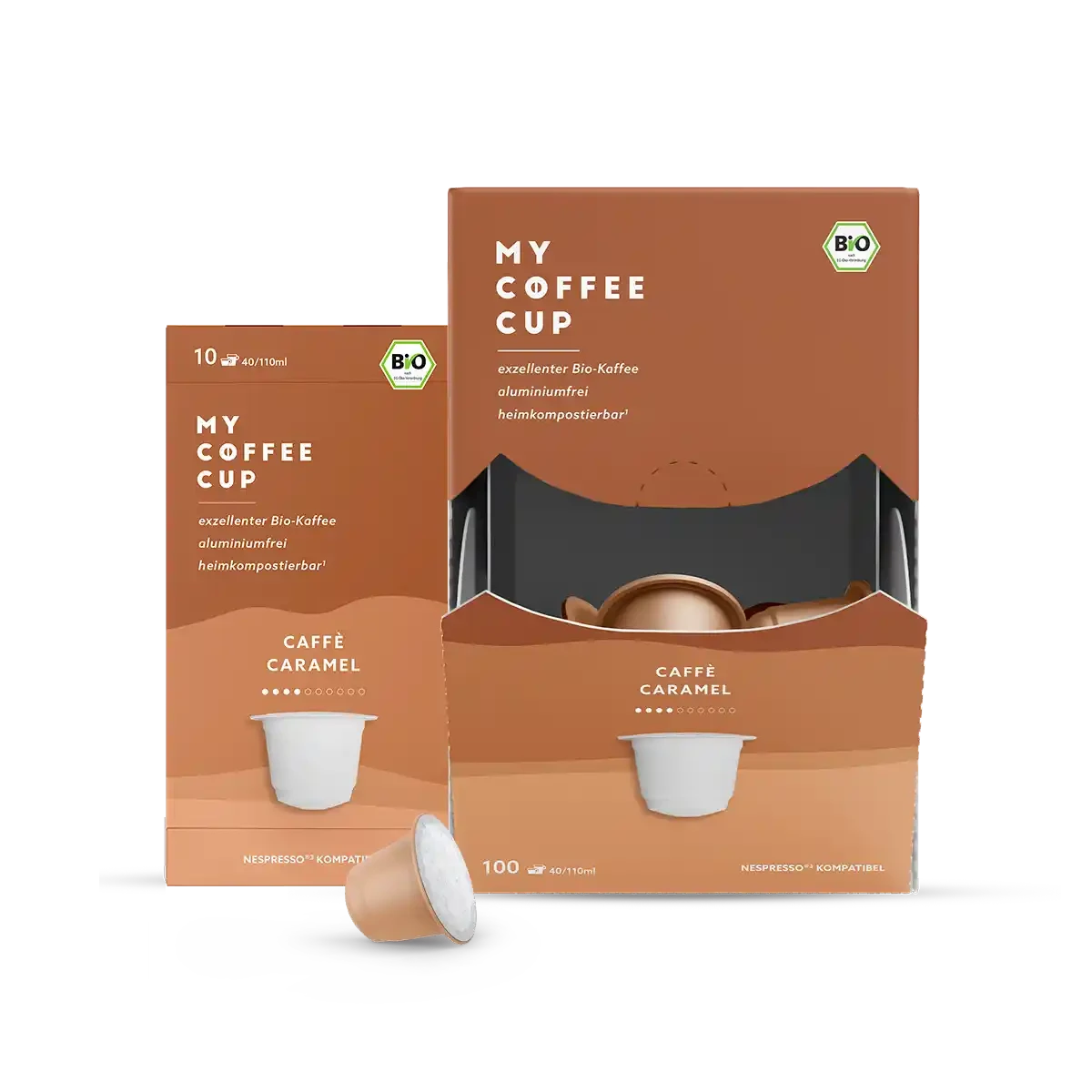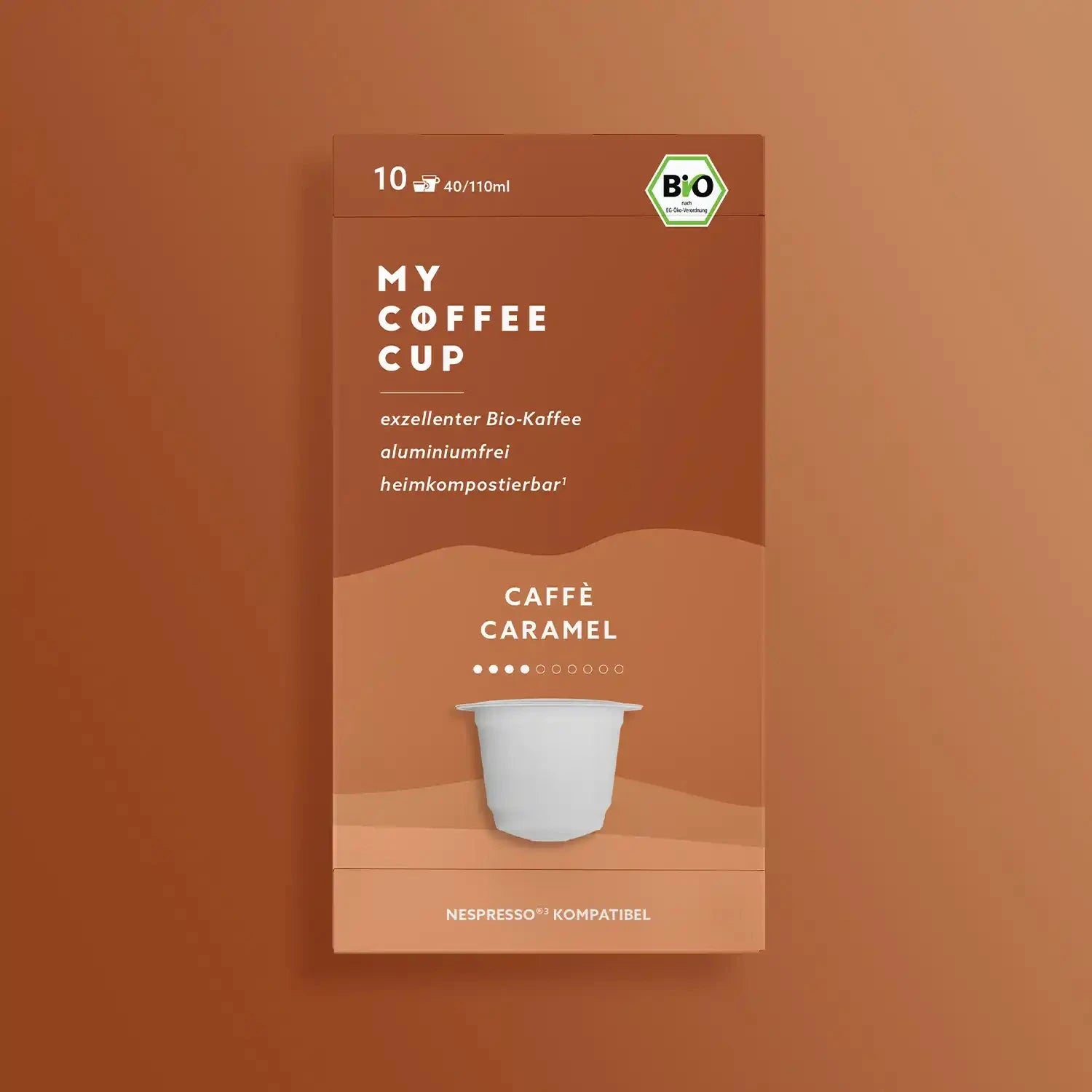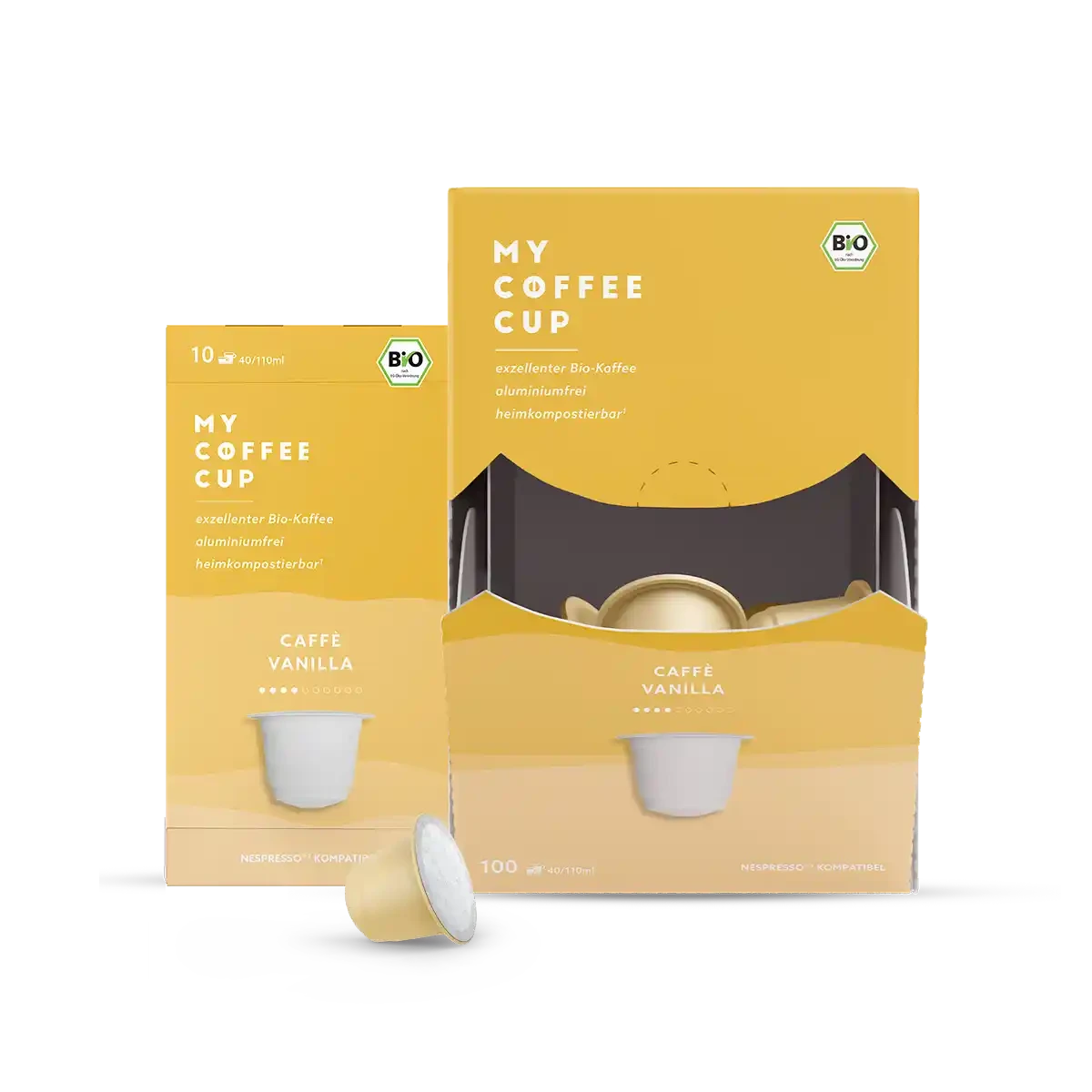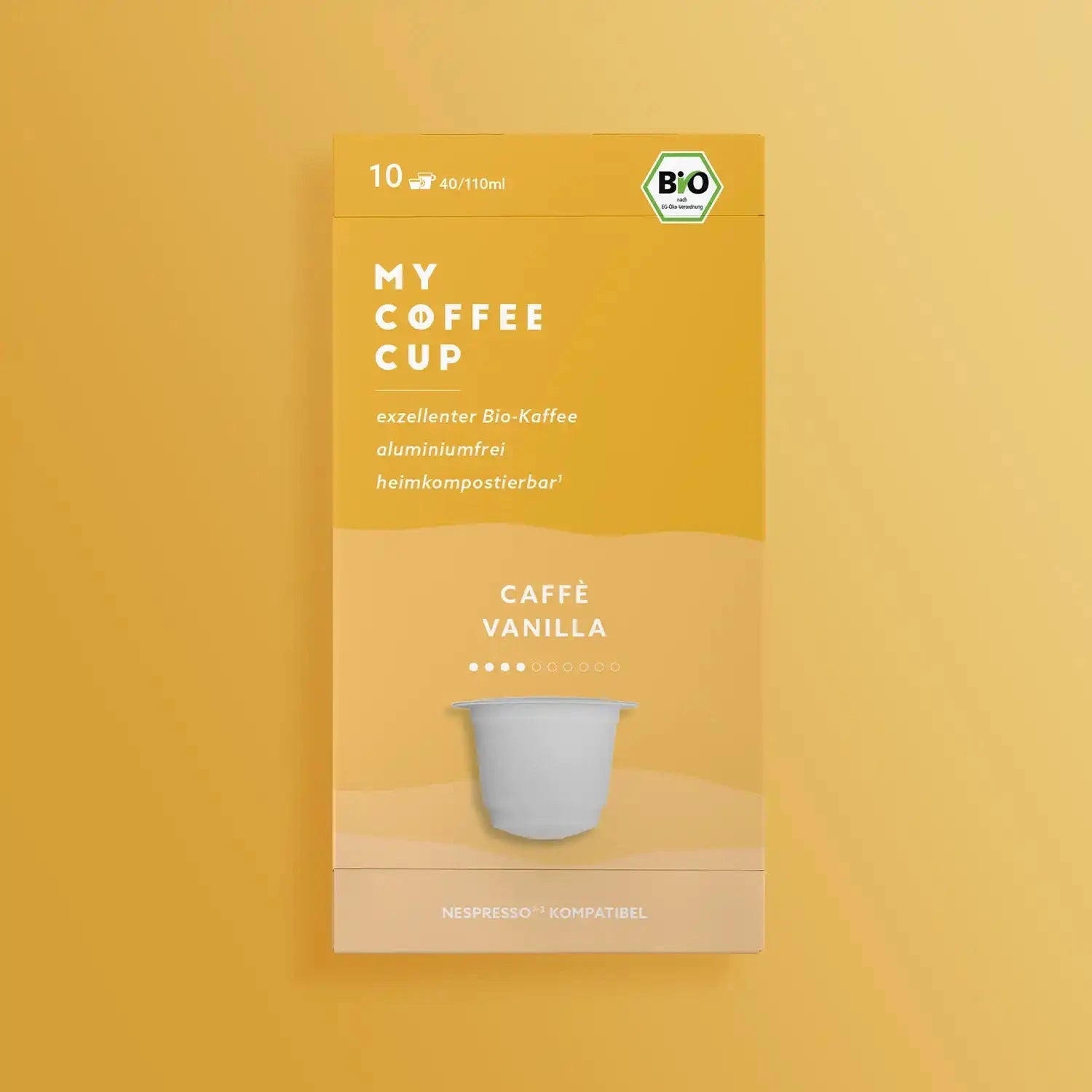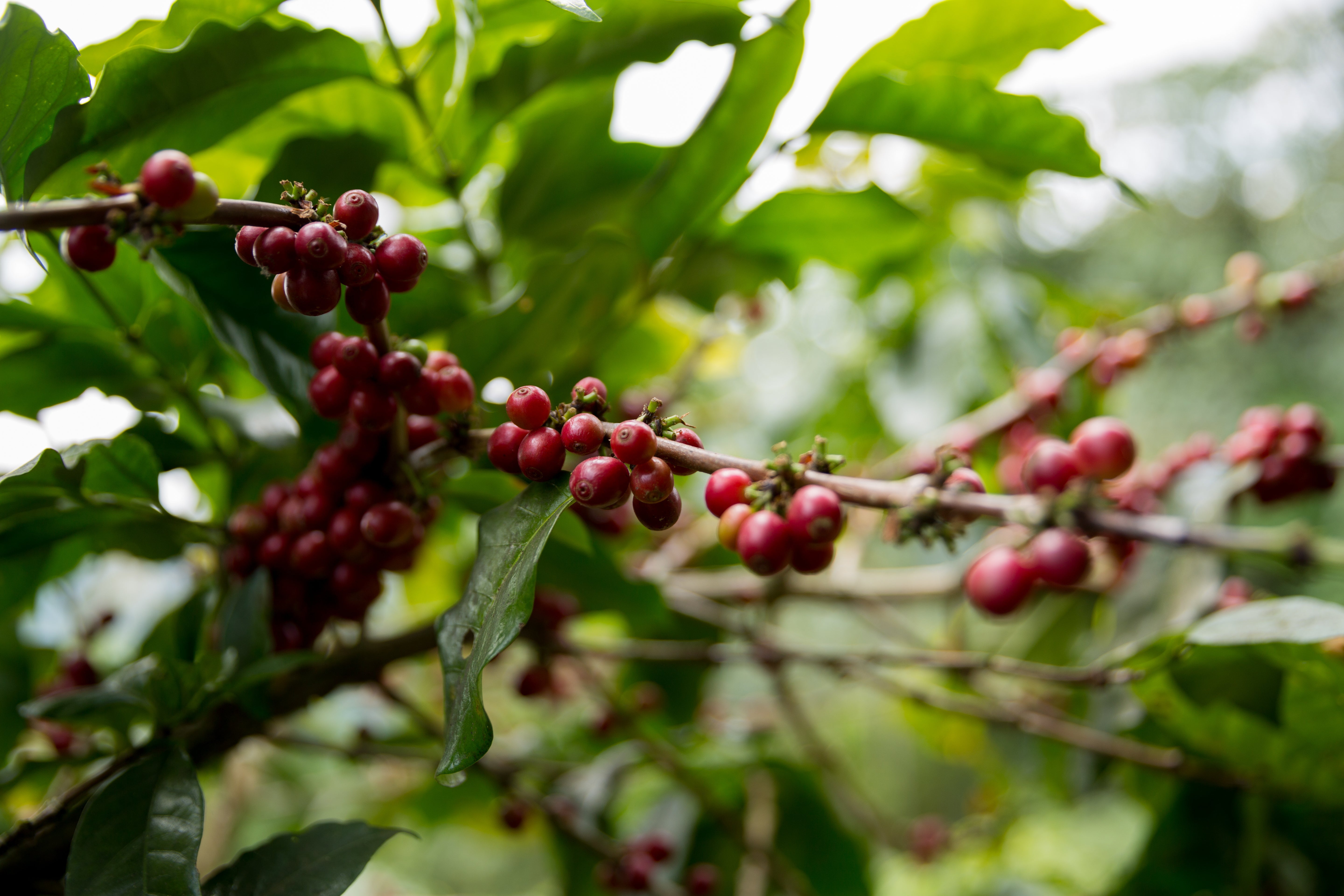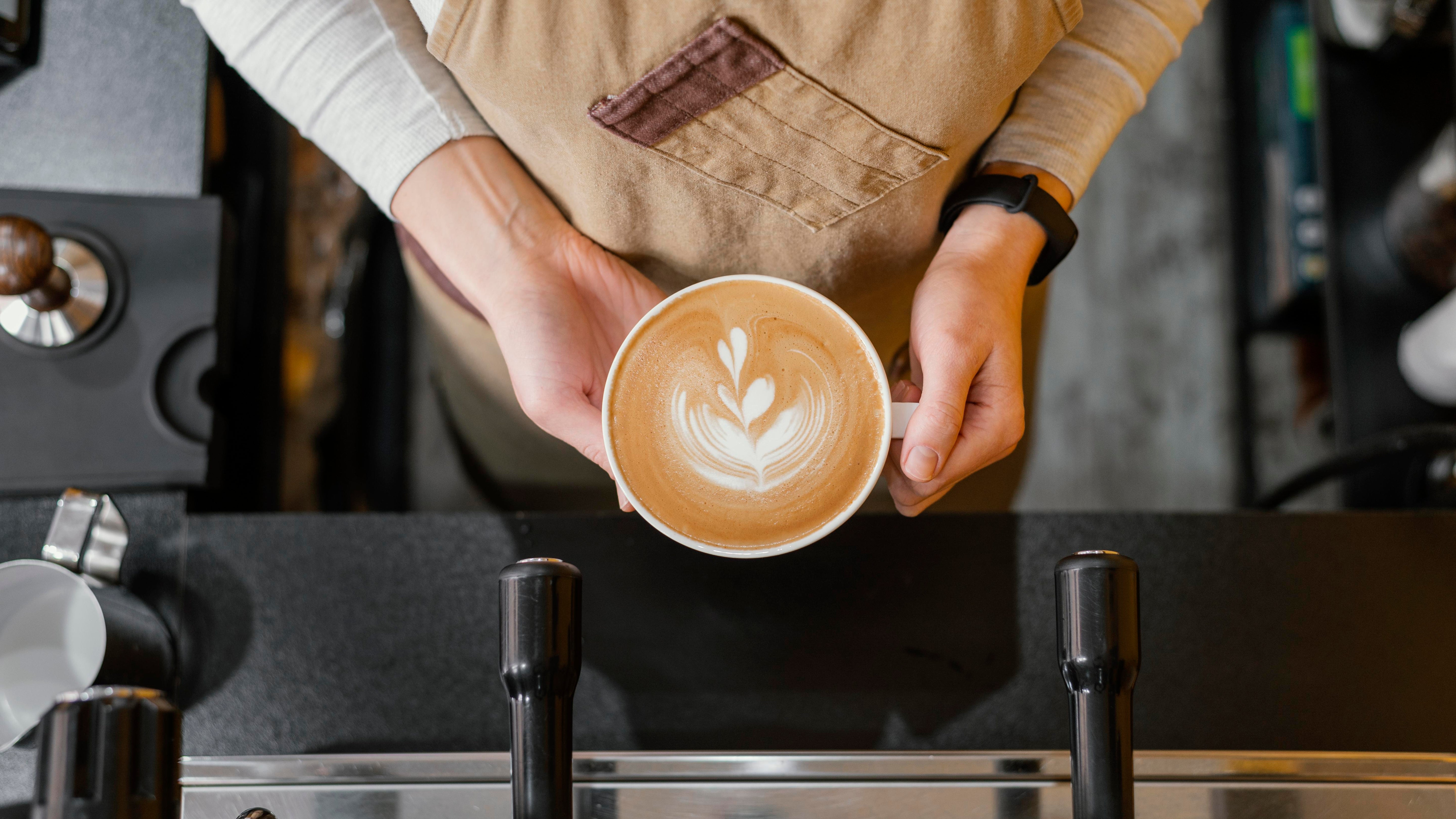You've probably seen it before: "100% Arabica" is written in large letters on the coffee packaging. We are often subconsciously sold Arabica coffee as the "better" coffee. But where does this assumption come from and is there really any truth to it? We'll clear up the half-knowledge and explain to you which Arabica and Robusta coffee beans really taste better.

Arabica and Robusta in quick comparison
There are around 124 known coffee species from the coffee plant Coffea. However, for us as coffee lovers only two of them are relevant: The Coffee Arabica plant and the Coffee Canephora plant, also known as Robusta. Together they make up around 99% of the world's coffee production. 70% of this comes from the Arabica bean and 30% from the Robusta bean.
The beans are easy to distinguish visually: The Arabica bean is larger and has an S-shaped cut in the middle.
The Robusta bean is slightly smaller and has a straight cut.
There is also a clear difference between Arabica and Robusta in terms of cultivation: As the name suggests, the Robusta bean is much more resilient. It is less susceptible to pests and can grow even in heat and humidity. This makes sense, because the Robusta bean is found in low-lying regions where it is exposed to hotter climatic conditions.
The "diva" among beans is much more demanding. The Arabica plant can only thrive under high soil and climate conditions. As a "highland coffee" it also needs altitudes of at least 1000 meters. All of this makes it a demanding and less productive plant.
But does that make the Arabica plant the winner in terms of taste? Next, let's take a look at what distinguishes the beans in terms of their ingredients.

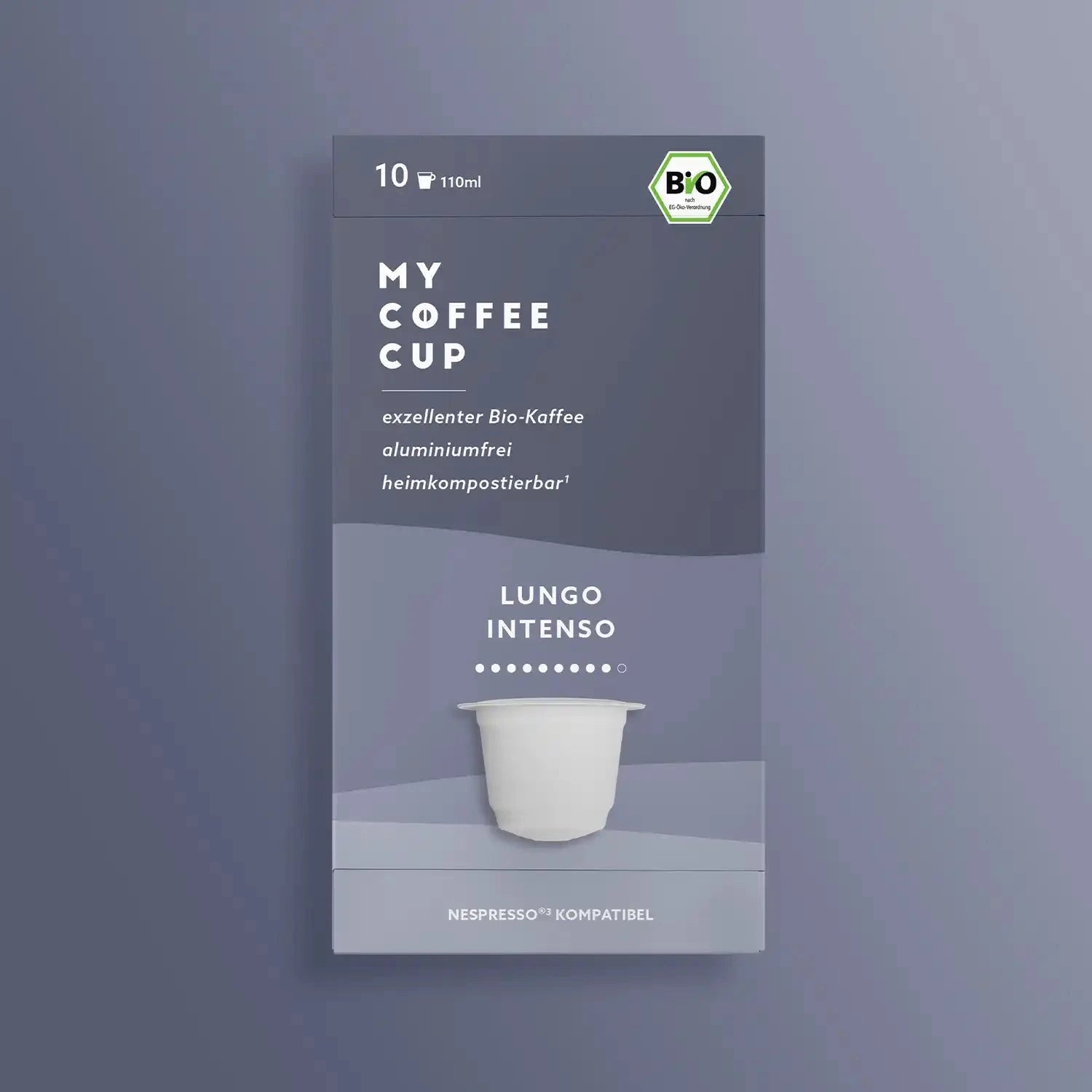
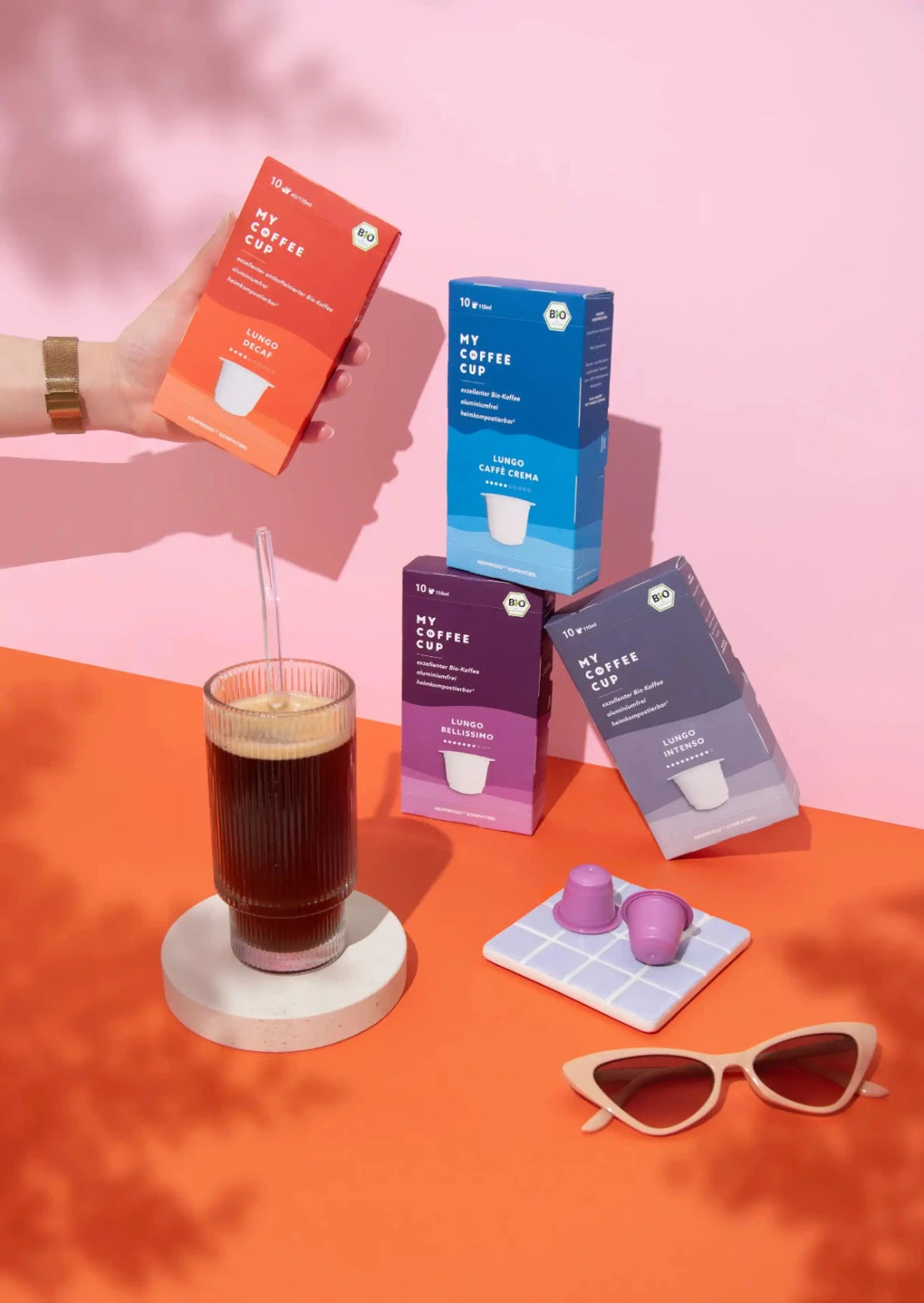
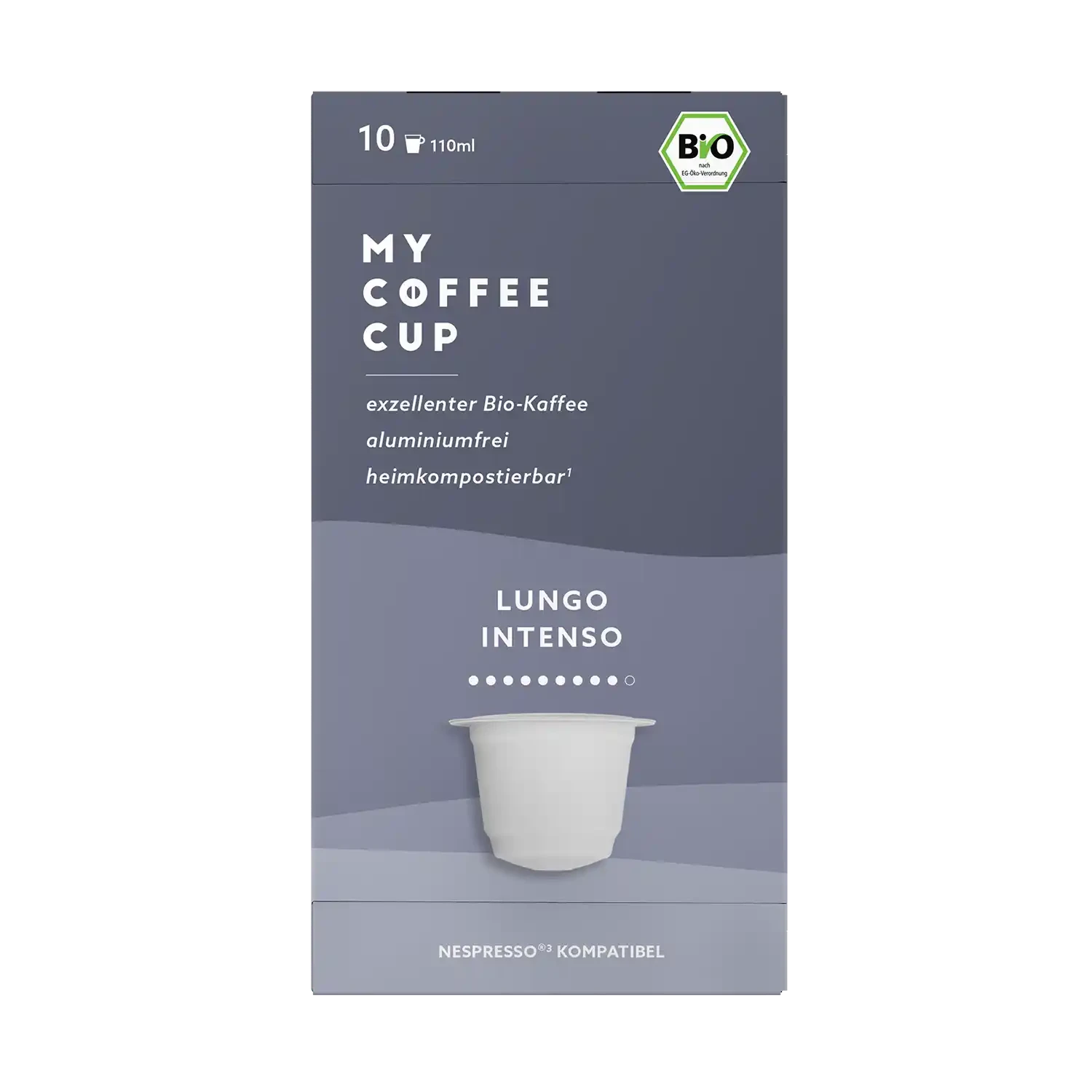
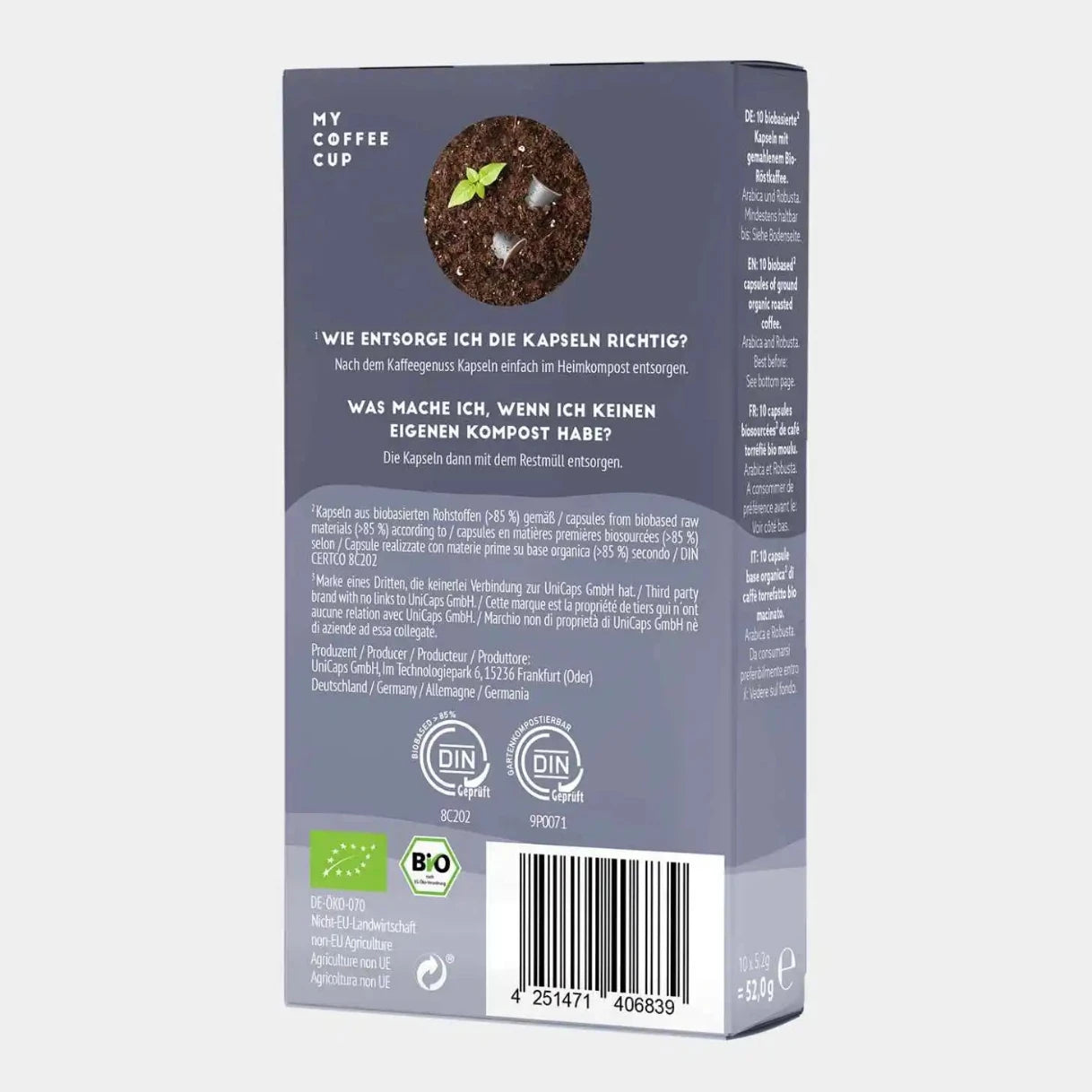

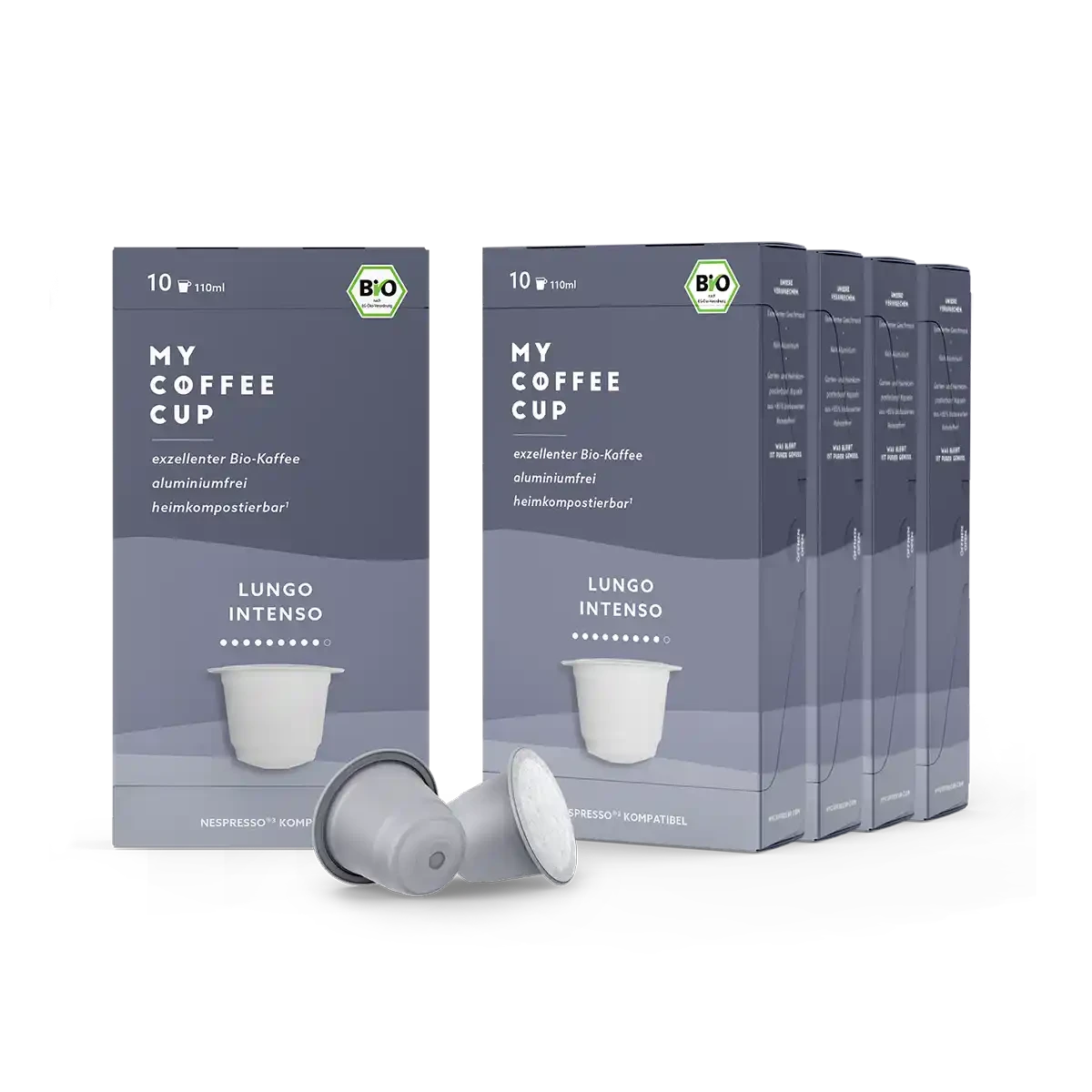

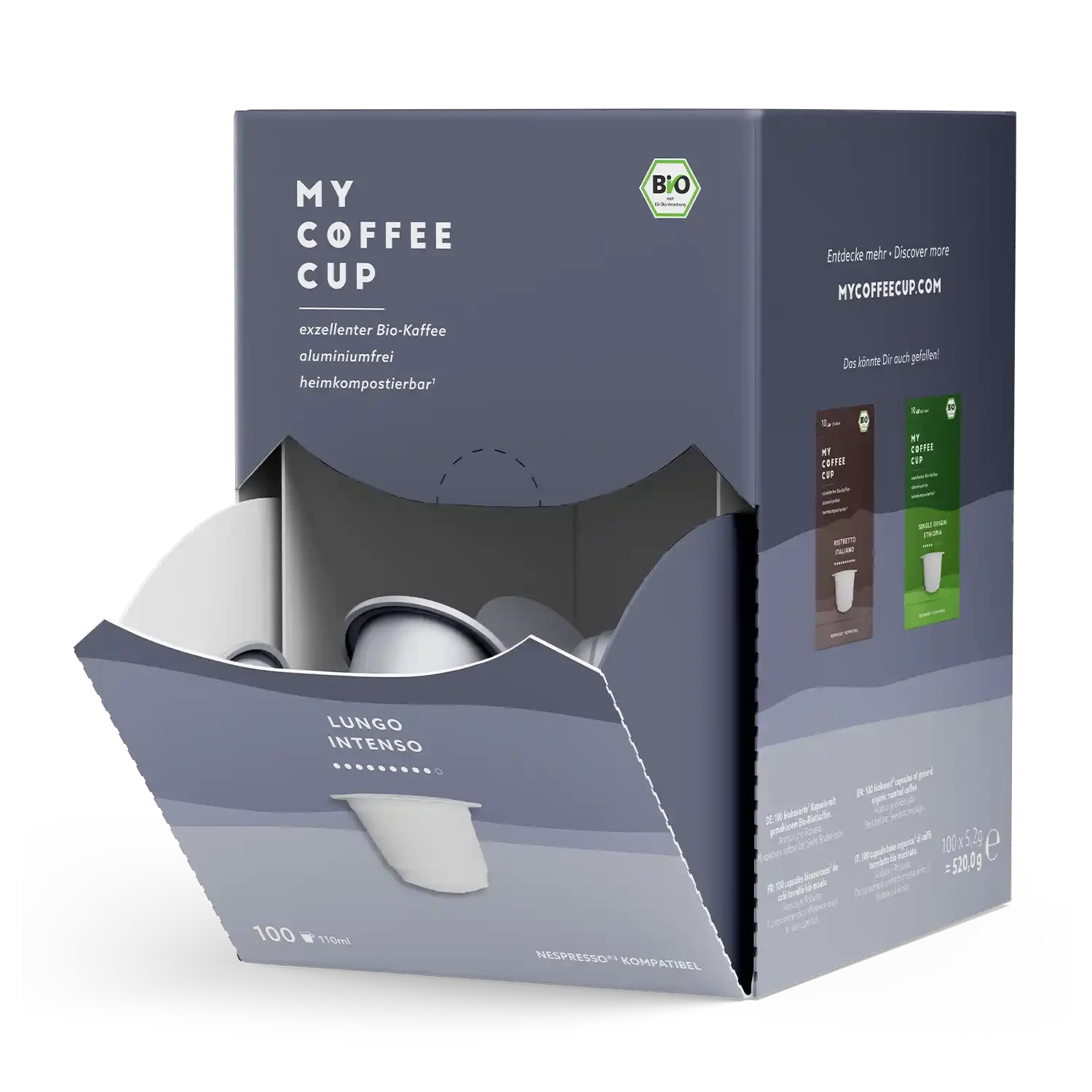

DIE INNEREN WERTE
A look inside the beans reveals further differences. The caffeine content of the Robusta bean is twice as high, which makes it the more popular bean for making espresso. The lower oil content also makes Robusta the first choice for espresso. It provides the beautiful, stable crema that we all want.
However, the Arabica bean has a decisive advantage and that lies in its DNA. With 44 chromosomes, Arabica has twice as many chromosomes as its competitors. These represent the complexity of the aromas. They give the coffee a particularly aromatic and smooth taste.
The Arabica bean also performs better in terms of acidity. The chlorogenic acid content is only half as high. The acidity is the reason why we sometimes feel that coffee “upsets our stomach”. But don’t worry: Thanks to the high-quality and gentle roasting that we with us use, the chlorogenic acid content can be greatly reduced.
Recommendation: Particularly low-acid coffee
The differences in taste
Now for the most important part for us: the taste. Because for us, coffee is not just a pick-me-up, but a pleasure. It is important to note that the taste differences between beans cannot be generalized, because the type of coffee is only one of many factors that influence the taste. More important than the bean itself is the processing and roastingHowever, there are certain characteristics that distinguish Arabica and Robusta beans from each other.
Arabica coffee is known for its elegant, distinctive aroma. The complexity of the chromosomes means that a wide variety of flavors can be expressed - from fruity and fresh to nutty.
Robusta coffee scores with its impressively strong taste and full body. It is often described as earthy and slightly bitter with notes of nuts and chocolate.
100% Arabica - what is it ?
Now back to the well-known advertising slogan: 100% Arabica. What is this promise all about and is 100% Arabica also 100% better quality?
The reputation of the Arabica bean as a sophisticated highland coffee is worth a lot: importers can achieve significantly higher prices on the market with the designation "100% Arabica". Photos of tropical coffee plantations in the mountains of Brazil give us the feeling that this must be a particularly exclusive coffee. But this says nothing about the quality and taste. In fact, coffees that are 100% Arabica usually do worse in taste tests than mixtures, also known as blends. Blends are intensely flavored and combine all the positive properties of the coffee varieties. This creates a particularly rounded and harmonious taste. A perfect work of art, so to speak.
Our most popular variety Lungo Bellissimo is also a blend mixture. We mainly use blends for our sustainable coffee capsules, because this allows our coffee sommeliers to get the best out of each bean.
Conclusion: Arabica or Robusta ?
Arabica scores with elegant, fruity aromas. Robusta with a full body and earthy, slightly bitter flavors. If you are looking for a harmonious, well-rounded coffee, you are best served with a blend of Arabica and Robusta.
Both beans have their advantages, but ultimately it is a question of personal taste and the quality of the bean. We do not want to choose a winner, because we at MyCoffeeCup think: Coffee should be diverse!


